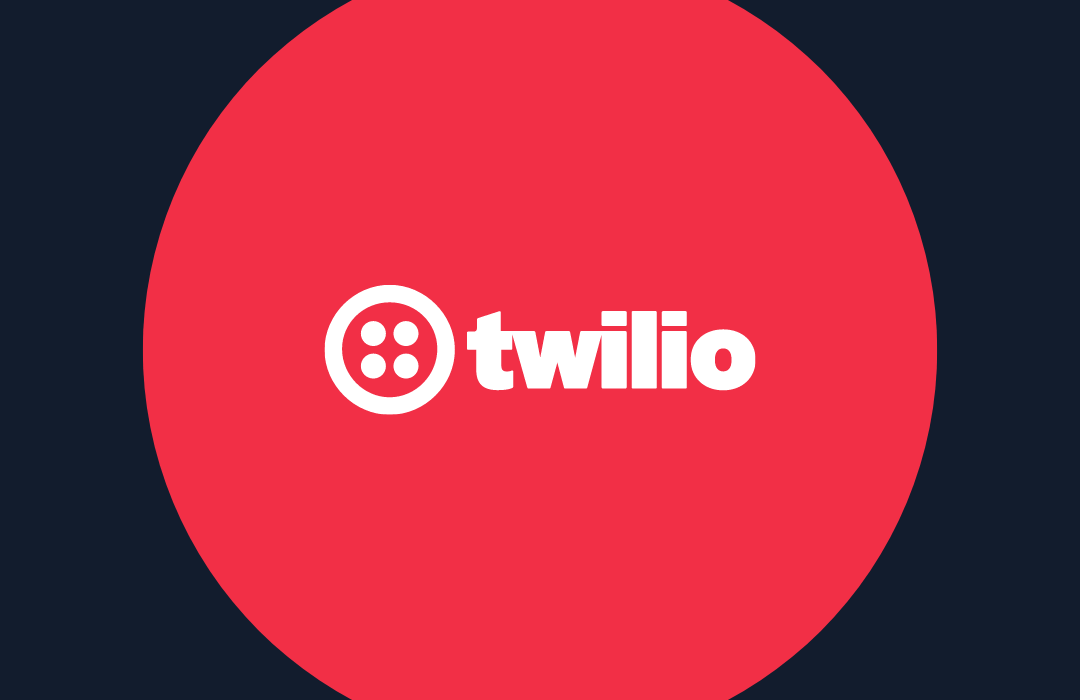13 Undeniable Benefits of Chatbots (Plus Challenges)
Time to read: 6 minutes

Chatbots aren't new but have transformed over the last few years in game-changing ways. Upon the first introduction into the marketing and sales world, chatbots performed on par with Furby.

Not good (and a little creepy).
Companies used them to appear tech-savvy, but the bots tended to be annoying and unhelpful, doing more harm than good.
Luckily, things have changed. Chatbots have evolved.
Now, the benefits of chatbots far outweigh the challenges. Chatbots have become a low-cost way to scale your support, accelerate response times, and improve customer experiences. And when designed correctly, chatbots can drive sales, qualify leads, and even onboard new customers.
See for yourself. Below, we've compiled 13 undeniable chatbot benefits. We've also included challenges and risks of chatbots you can't ignore, but (spoiler) we think the advantages of chatbots make them well worth the risk.
13 benefits of chatbots
1. Automate trivial questions
Often, customers need answers to basic questions, such as:
- What're your business hours?
- What's your business phone number?
- Are you open on Labor Day?
- Where should I park?
- How can I reset my password?
- How much does this product cost?
These are valid questions, but none of them require a live agent to respond. A chatbot can give your customers the answers they need and only transfer the chatbot conversation to a human if the customer’s questions go beyond the typical scope.
Providing these answers via a chatbot gives your customers faster responses and frees up valuable time for your support agents to handle more complex needs. But don’t take our word for it: research predicts chatbots will save consumers and businesses over 2.5 billion hours by 2023.
2. Reduce your costs
Every minute your employees spend talking with customers is money spent. Usually, it's money well spent, but imagine if you could let artificial intelligence (AI) handle the minutiae at scale.
Your support team could handle more pressing concerns faster, and your sales team might receive more qualified leads. Plus, you might not need to hire additional staff during the busy holiday season, and you could reallocate that budget to growing your business.
And while chatbots can't replace the human touch and customer interactions, these bots can take care of simple tasks to allow your teams to be more efficient. Trust us, this increased efficiency is worth the monthly price of chatbot software. Gartner estimates that AI can increase operational efficiency by 25%, specifically around "customer touchpoints [that] can be automated with conversational AI platforms."
3. Scale your support
Chatbots let you expand your support presence to cover more channels with fewer people. You could add support via Short Message Service (SMS), social media channels, and your website without having to hire a handful of new agents.
4. Provide an omnichannel presence
If you have a small support team, it might sound daunting to expand your presence to other channels. However, chatbots can take conversations from start to finish, meaning you don't necessarily need more head count.
Plus, if you use a contact center platform like Twilio Flex, you can serve customers across WhatsApp, WebChat, Facebook Messenger, SMS, and voice from a single platform. Combine that with chatbots, and you have omnichannel support ready to scale.
5. Assist your customers 24/7
You might have an international customer base, but that doesn't mean your support team has to work through the night. Chatbots can handle basic conversations and solve your customers' problems while your employees sleep.
And if issues become more complex, chatbots can gather all the relevant information your staff needs to solve the problem first thing the next day. This accelerates resolution time and gives your customers the confidence to know that things are heading in the right direction.
6. Respond to customers ASAP
Customers expect fast response times—more than 75% expect a response on social media in less than 24 hours, with 13% expecting contact in less than 1 hour.
A chatbot lets you cut the wait time and interact with your customers immediately. This means you can answer questions or start collecting the information your human agents need to address customer queries faster.
7. Collect customer insights
Conversations with your chatbot can also reveal important customer data. For example, if your customers keep asking questions about your business hours, update your business time on Google, your website, and social media profiles.
Use this opportunity to learn what questions your customers are asking the most to provide the answers. Who knows, you might find new fields you can add to your product description or your frequently asked questions page.
8. Onboard new customers
A chatbot on your website can onboard new customers to your platform or products. It can give your users tips or show them new features and link out to videos or pages where they can find more information.
Because your chatbot might be all the onboarding your new customer needs, this can free up your customer success and support teams to handle more complex onboarding needs.
9. Drive sales
Chatbots can market and sell your products and services. For example:
- Help a customer lingering on your product page by kick-starting a conversation and offering a 10% discount or free shipping coupon.
- Identify customers viewing multiple products and offer to help find the product that fits their needs with personalized recommendations.
- Recommend products that might go well together, like suggesting the perfect coat to go with a new pair of boots the customer adds to their shopping cart.
10. Qualify leads
Streamline the sales process by gathering all the essential information before your sales agent jumps into the chat with lead-generation questions. The information you collect can help determine whether the customer should purchase through self-service or your sales team, and it can identify which agent should hop into the conversation.
11. Personalize the user experience
Your chatbots can gather information about customers and personalize the first experience and later touchpoints. For example, you can determine the customer's name, interests, and preferences.
This can help you learn they don't like phone calls and would prefer your sales team to text them instead—that's good to know. Or you might discover they’re looking for eyewear and aren't really interested in your other offerings. That knowledge can help you tailor your conversation and marketing messages moving forward.
12. Help out proactively
Chatbots can reach out to your potential customers proactively with different user-based triggers. For example, your chatbot might initiate a conversation if a customer has opened a new feature they haven't tried before. Or it might open a chat if a customer has tried to purchase a sold-out product.
Think of a proactive chatbot as a helpful in-store employee or a virtual assistant. Proactive support could be as simple as, "Hi, there. Welcome to our digital store. I'm here if you need help finding anything." Or you could be a bit more salesy with a message like, "Hi, there! Just a reminder that all our skis are 20% off this weekend. Click the link to see our 5 top-selling models this season."
13. Build your brand
Create a chatbot that's an extension of your brand. Then, program it with the right canned responses or AI training to represent your voice and values.
Depending on your brand, that might be witty and clever. Or your chatbot might be over-the-top happy and helpful.
Just remember: your chatbot might be your customer's first interaction with your brand. Make it count.
4 challenges and risks of chatbots
Chatbots aren't all sunshine and ice cream—there are downsides.
- Unhelpful support: Chatbots have limitations. Outside of programming, these bots can never replace a human. This may lead customers to get frustrated if they spend time communicating with chatbots but inevitably don't reach resolutions.
- Lack of empathy: Chatbots likely won't be able to tell if your customer is angry or happy. If a customer struggles to find parking for your office, they'll want a bit of sympathy when they reach out.
- No personality: Chatbots that don't use AI or advanced programming come off boring and, well, robotic.
- Setup and maintenance: Chatbots aren't a set-it-and-forget-it solution. You need to continue to refine your chatbot's logic and capabilities and monitor metrics to ensure it helps customers instead of burning bridges.
Take advantage of chatbots with Twilio Studio
Convinced your business needs a chatbot after reading all those benefits? You've come to the right place. We can get you up and running with a friendly, conversational chatbot in no time with Twilio Studio.
All you need to do is sign up for a free account and follow along with our step-by-step tutorial: Build a Chatbot With Twilio Studio.
See a Twilio chatbot in action in the video below.
Related Posts
Related Resources
Twilio Docs
From APIs to SDKs to sample apps
API reference documentation, SDKs, helper libraries, quickstarts, and tutorials for your language and platform.
Resource Center
The latest ebooks, industry reports, and webinars
Learn from customer engagement experts to improve your own communication.
Ahoy
Twilio's developer community hub
Best practices, code samples, and inspiration to build communications and digital engagement experiences.

.png)
